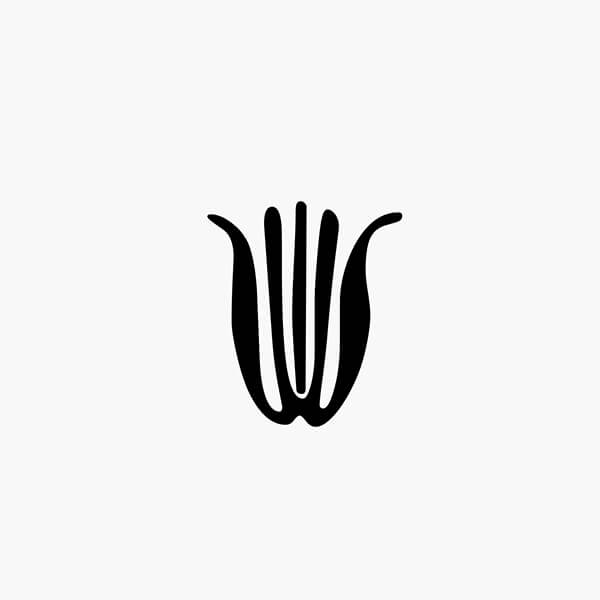
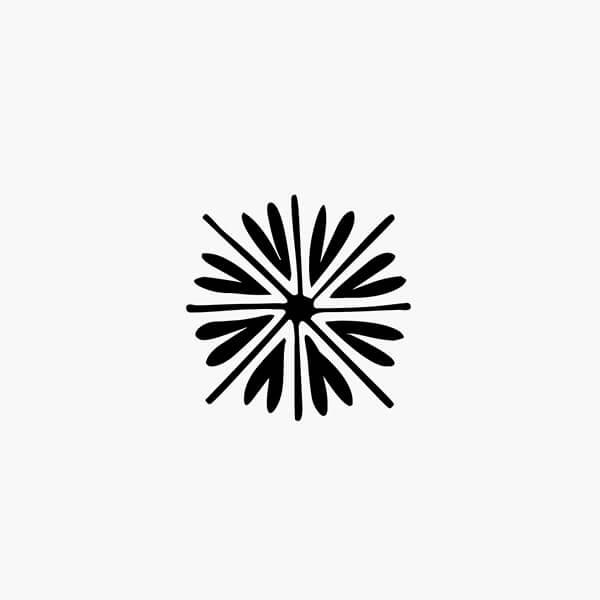

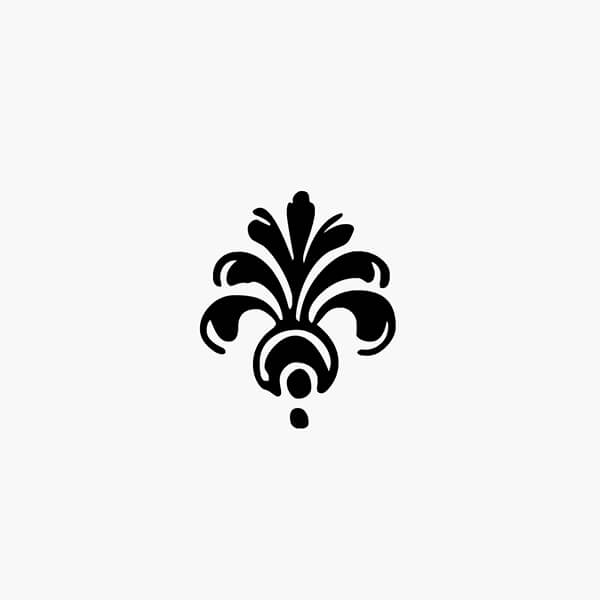
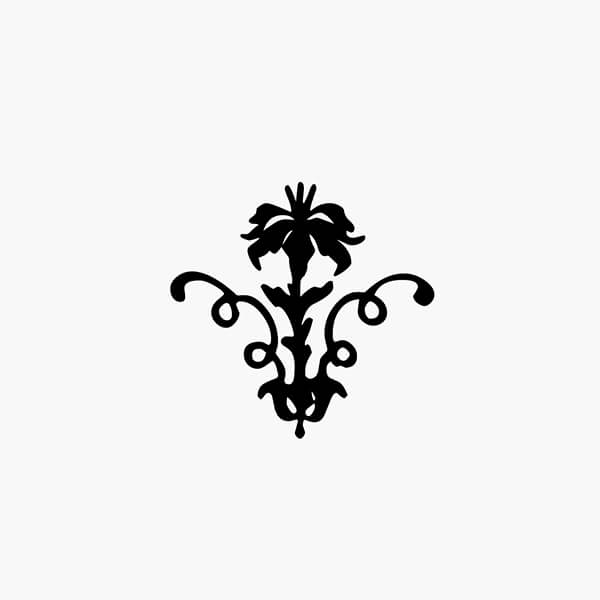
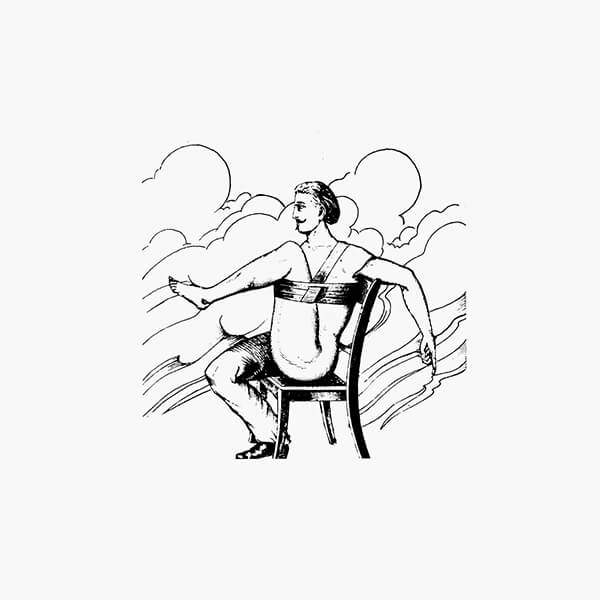


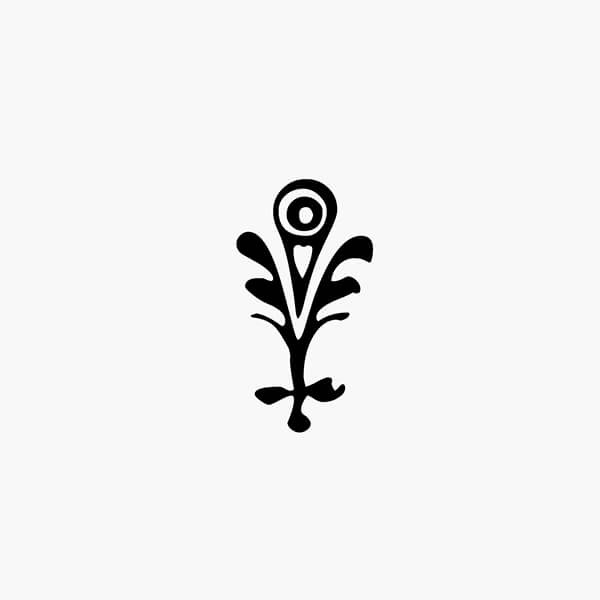

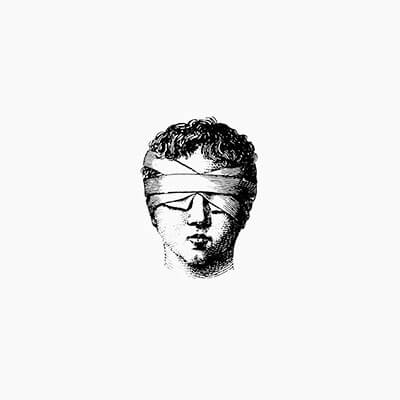

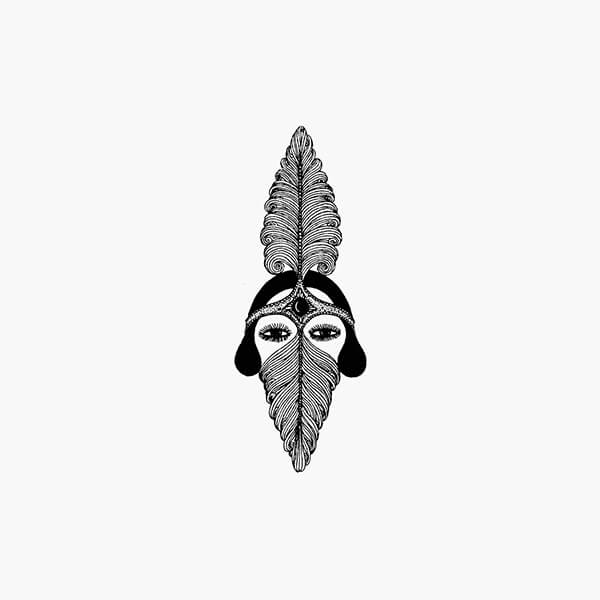
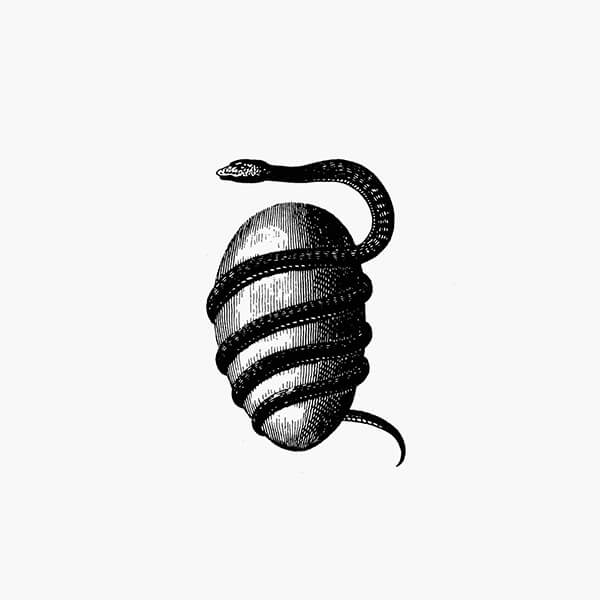
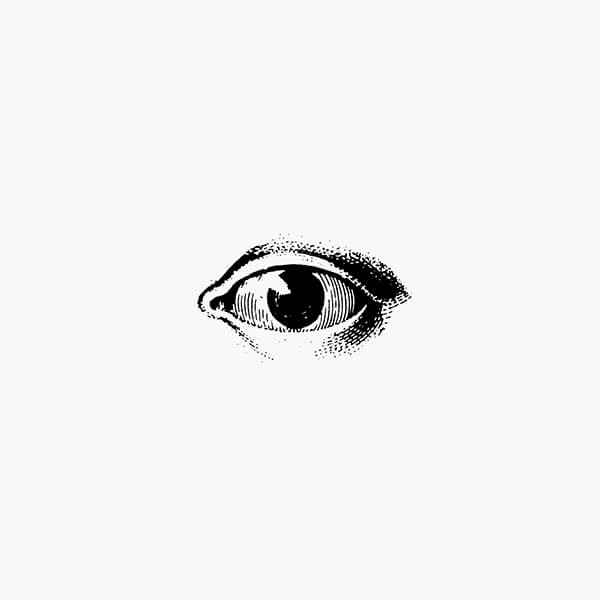
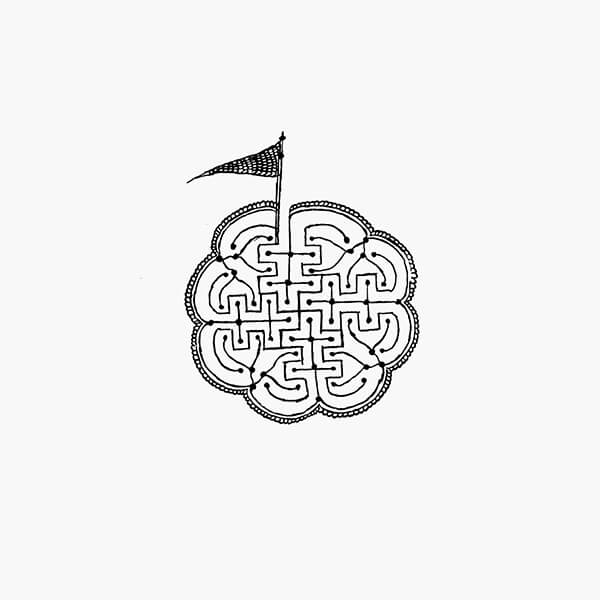


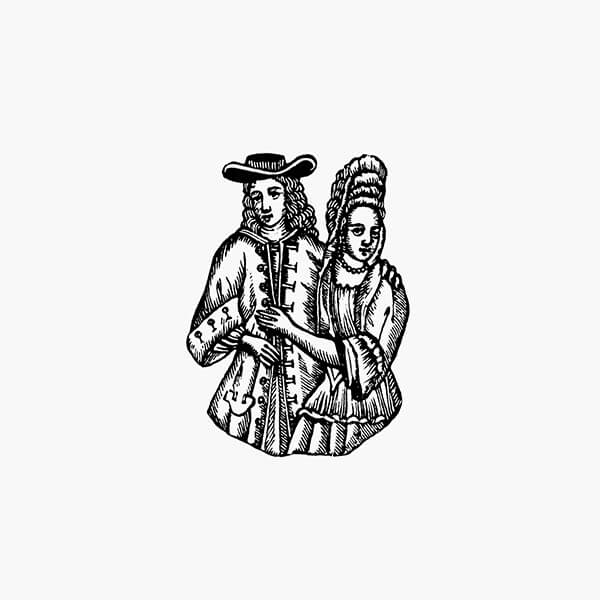




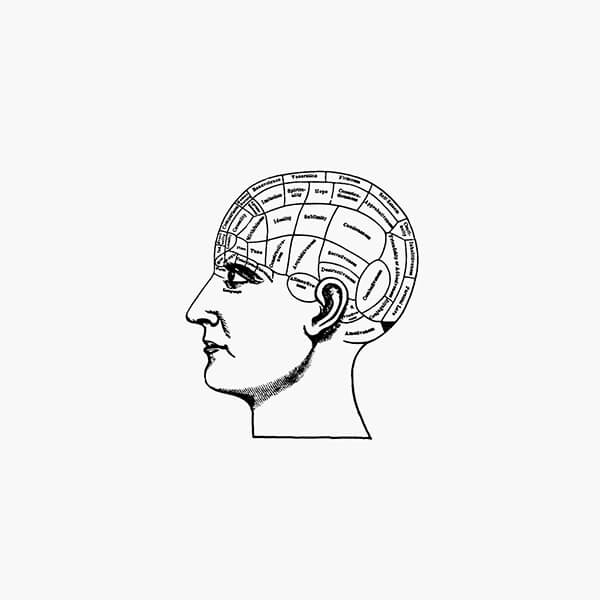

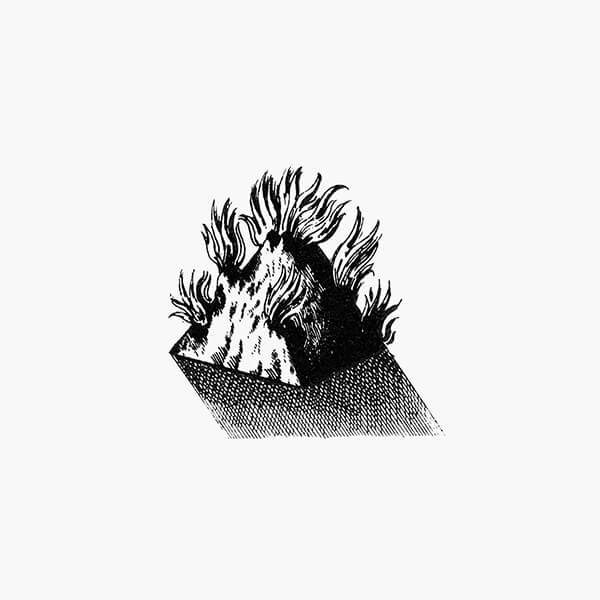


Natale FMR
2007 Correggio e le sue cupole
Edited by Lucia Fornari Schianchi. Texts by Lucia Fornari Schianchi, Anna Maria Anversa, Marzio Dall’Acqua
2008 / 336 PAGES
With an itinerary through the heart of Parma, to the Camera di San Paolo, the church of San Giovanni Evangelista, the cathedral, and the National Gallery, the volume offers a tour of Correggio’s works, illustrating the evolution of his style.
A comprehensive look at Correggio's frescoes in Parma's most beautiful locations and an in-depth study of a seminal artist who never appears as a solitary and uprooted genius. Rather, his painting finds constant and varied validation up to the Baroque, in the sensual and playful fullness of the Rococò and the cold neoclassical marble statuary that borrows from his pietas and his eros, or the already neoclassical movements of Prudhon and the childlike feminine sweetness of Renoir. A painting style in which sentiment, nature, tender grace and affection prevail over the pureness of intelligence, the imaginary, illusionistic, and theatrical vision over the perfect and therefore unrepeatable gesture: all aspects that every critic has focussed on with wise, seductive words, with the language and sensitivity of their century, with numerous agreements and disagreements that will help us understand this artist's complexity and his myriad streams of expression. Edited by the art historian Lucia Fornari Schianchi, Correggio and His Domes combines a very large iconographic section, specifically created by the photographer Carlo Vannini, with an extensive critical anthology. In relation to the topic, it could be considered partial, but it is undoubtedly exhaustive and effective in further exploring and commenting on the volumes that critics have written about the artist from the 16th century to present day.